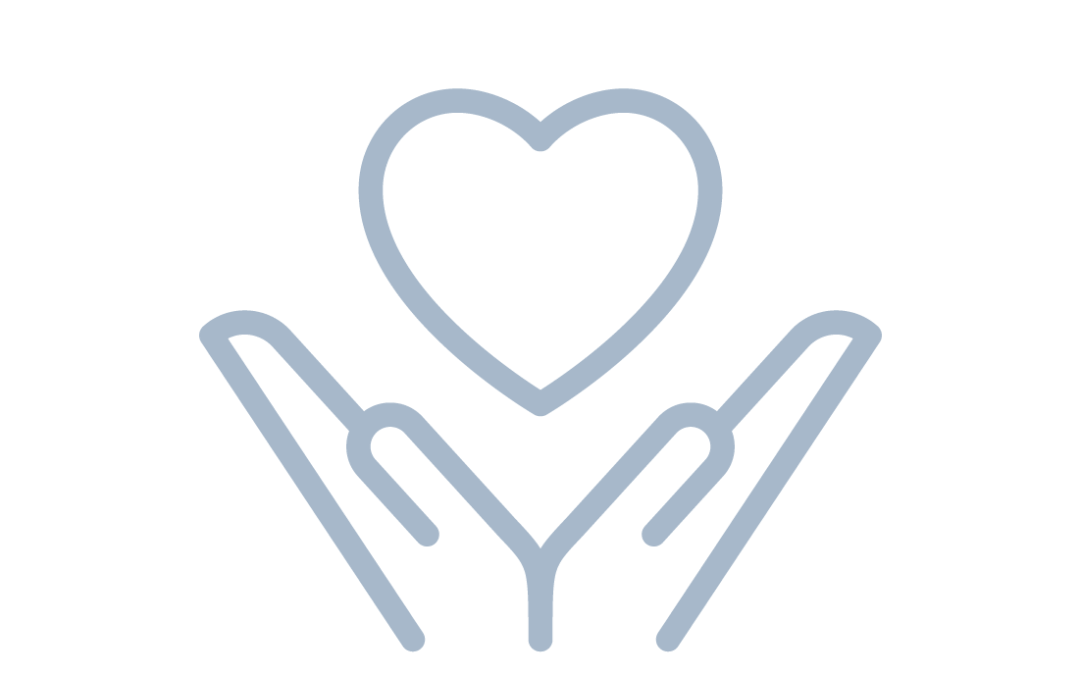It's really typical to see them also deal with family members who are affected by the addictions of the individual, or in Informative post a community to prevent addiction and educate the general public. Therapists should have the ability to recognize how addiction impacts the entire individual and those around him or her. Therapy is likewise associated with "Intervention"; a process in which the addict's family and enjoyed ones request help from an expert to get an individual into drug treatment.
Rejection indicates lack of determination from the clients or fear to face the real nature of the dependency and to take any action to improve their lives, instead of continuing the devastating habits. As soon as this has been attained, the counselor collaborates with the addict's family to support them on getting the individual to drug rehab immediately, with issue and look after this individual.
An intervention can also be performed in the office environment with colleagues instead of household. One approach with restricted applicability is the Learn more sober coach. In this technique, the customer is serviced by the supplier( s) in his or her house and workplacefor any efficacy, around-the-clockwho functions just like a nanny to direct or control the client's behavior.
This concept renders the specific basically powerless over his or her troublesome behaviors and not able to stay sober by himself or herself, much as individuals with a terminal disease being unable to eliminate the disease by themselves without medication. Behavioral treatment, for that reason, necessarily requires individuals to admit their addiction, renounce their previous lifestyle, and seek a helpful social media network who can assist them stay sober.

These approaches have actually fulfilled considerable amounts of criticism, originating from opponents who disapprove of the spiritual-religious orientation on both psychological and legal premises. Challengers likewise contend that it does not have legitimate scientific proof for claims of efficacy. Nevertheless, there is survey-based research study that suggests there is a correlation between attendance and alcohol sobriety (tn involuntary addiction treatment how to).
Fascination About What Is The Best Treatment For Drug Addiction
CLEVER Healing was established by Joe Gerstein in 1994 by basing REBT as a structure. It provides importance to the human company in overcoming addiction and concentrates on self-empowerment and self-reliance. It does not register for disease theory and powerlessness. The group meetings include open conversations, questioning decisions and forming corrective procedures through assertive exercises.
Objectives of the SMART Recovery programs are: Building and Preserving Motivation, Coping with Desires, Managing Thoughts, Feelings, and Behaviors, Living a Well Balanced Life. This is thought about to be similar to other self-help groups who work within shared aid concepts. In his influential book, Client-Centered Treatment, in which he provided the client-centered approach to restorative change, psychologist Carl Rogers proposed there are three essential and sufficient conditions for personal modification: genuine positive regard, precise compassion, and reliability.
To this end, a 1957 study compared the relative efficiency of 3 different psychiatric therapies in dealing with alcoholics who had been dedicated to a state health center for sixty days: a therapy based on two-factor knowing theory, client-centered therapy, and psychoanalytic therapy. Though the authors expected the two-factor theory to be the most effective, it in fact proved to be negative in the result.
It has been argued, nevertheless, these findings may be attributable to the profound distinction in therapist outlook between the two-factor and client-centered approaches, rather than to client-centered methods. The authors keep in mind two-factor theory includes stark displeasure of the customers' "irrational behavior" (p. 350); this especially unfavorable outlook might discuss the results.

Known as Client-Directed Outcome-Informed treatment (CDOI), this approach has actually been used by numerous drug treatment programs, such as Arizona's Department of Health Providers. Psychoanalysis, a psychotherapeutic method to behavior change developed by Sigmund Freud and modified by his fans, has also used a description of substance abuse. This orientation suggests the main cause of the dependency syndrome is the unconscious need to amuse and to enact various kinds of homosexual and perverse fantasies, and at the same time to avoid taking duty for this.
9 Simple Techniques For Important Facts People Who Are Seeking Treatment For Drug Addiction Should Know
The dependency syndrome is also assumed to be associated with http://rylanlimu697.image-perth.org/7-easy-facts-about-how-to-get-homeless-son-meth-addiction-treatment-in-california-explained life trajectories that have actually taken place within the context of teratogenic procedures, the stages of that include social, cultural and political factors, encapsulation, traumatophobia, and masturbation as a type of self-soothing. Such an approach lies in stark contrast to the approaches of social cognitive theory to addictionand undoubtedly, to behavior in generalwhich holds people to control and manage their own environmental and cognitive environments, and are not merely driven by internal, driving impulses.
A prominent cognitive-behavioral approach to addiction healing and therapy has actually been Alan Marlatt's (1985) Regression Avoidance technique. Marlatt describes four psycho-social processes pertinent to the addiction and regression procedures: self-efficacy, result expectancy, attributions of causality, and decision-making processes. Self-efficacy describes one's ability to deal competently and effectively with high-risk, relapse-provoking circumstances.
Attributions of causality refer to an individual's pattern of beliefs that regression to substance abuse is an outcome of internal, or rather external, transient causes (e.g., enabling oneself to make exceptions when faced with what are judged to be unusual circumstances). Lastly, decision-making procedures are implicated in the relapse process too.
Additionally, Marlatt stresses some decisionsreferred to as obviously irrelevant decisionsmay seem inconsequential to regression, however may actually have downstream implications that position the user in a high-risk scenario. For example: As an outcome of rush hour, a recovering alcoholic may choose one afternoon to exit the highway and travel on side roads.
If this individual has the ability to use successful coping methods, such as sidetracking himself from his yearnings by turning on his preferred music, then he will prevent the relapse danger (PATH 1) and increase his effectiveness for future abstaining. If, however, he does not have coping mechanismsfor circumstances, he might start pondering on his yearnings (COURSE 2) then his efficacy for abstinence will reduce, his expectations of positive results will increase, and he may experience a lapsean isolated return to compound intoxication.
How What Is The Treatment For Opioid Addiction In Arizona can Save You Time, Stress, and Money.
This is a harmful pathway, Marlatt proposes, to full-blown regression. An additional cognitively-based model of compound abuse recovery has been used by Aaron Beck, the father of cognitive treatment and promoted in his 1993 book Cognitive Therapy of Substance Abuse. This therapy rests upon the assumption addicted people have core beliefs, frequently not accessible to immediate awareness (unless the patient is also depressed).
When craving has actually been activated, permissive beliefs (" I can deal with getting high simply this one more time") are helped with. Once a permissive set of beliefs have actually been activated, then the individual will trigger drug-seeking and drug-ingesting behaviors. The cognitive therapist's task is to discover this underlying system of beliefs, evaluate it with the client, and thus demonstrate its dysfunction.
Considering that nicotine and other psychedelic substances such as drug activate comparable psycho-pharmacological paths, an emotion guideline approach might apply to a large variety of compound abuse. Proposed designs of affect-driven tobacco usage have actually concentrated on negative support as the primary driving force for dependency; according to such theories, tobacco is utilized because it assists one escape from the unwanted impacts of nicotine withdrawal or other unfavorable state of minds.